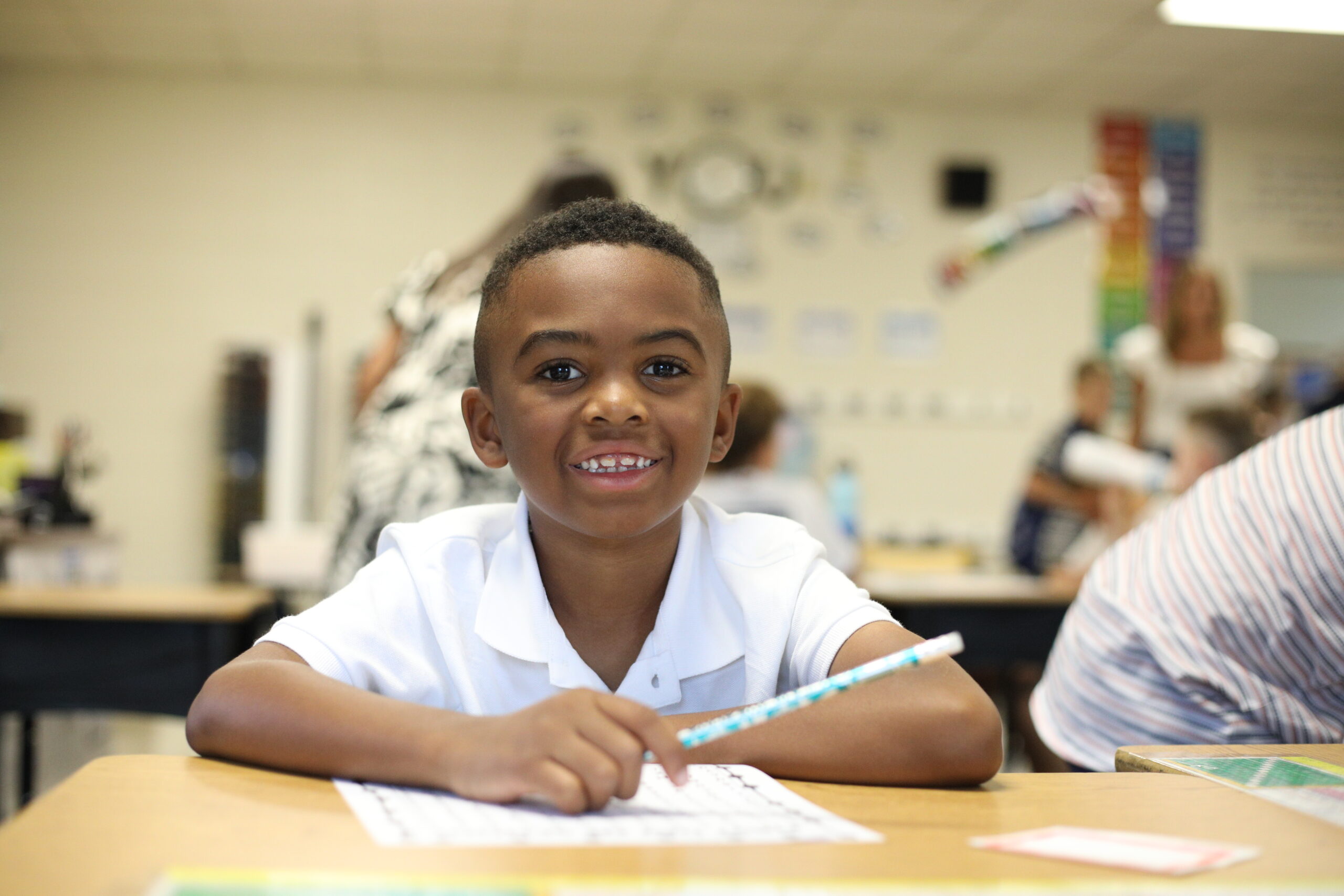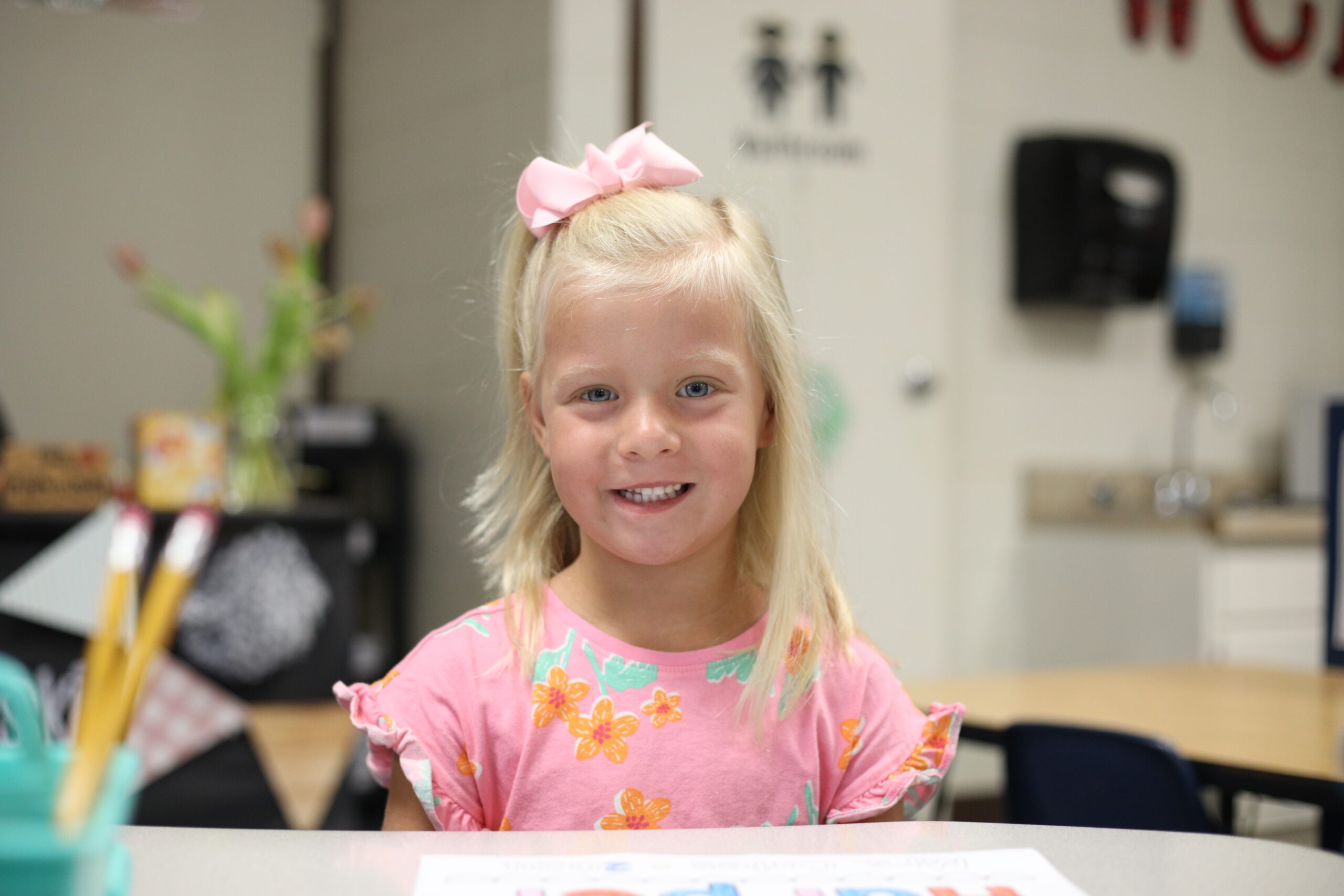Transitional Kindergarten vs. Kindergarten
Ensuring your child’s future academic, personal, and social success!
Kindergarten Placement at Wesleyan
At Wesleyan Christian Academy, we believe in nurturing each child’s God-given potential by providing an education tailored to their individual developmental needs. We understand that children develop at different rates, and our goal is to ensure each child is placed in an environment where they can thrive academically, emotionally, socially, and spiritually.
We take a developmental approach to kindergarten placement, recognizing that chronological age doesn’t always reflect a child’s readiness to learn. This approach allows us to meet each child where they are individually, setting them up for success in their educational journey. To determine the best placement for your child, we use an educational tool called the Gesell Developmental Observation. This comprehensive assessment helps us understand your child’s developmental readiness for kindergarten across various domains. Based on the results of the Gesell Developmental Observation, we offer two primary placements: Transitional Kindergarten (TK) or Kindergarten (K).
Comparing Transitional Kindergarten and Kindergarten
Children who are developmentally younger will begin in our transitional kindergarten (TK) program for a full year before progressing to kindergarten the next year, and onto first grade the following year. Our TK classrooms provide an additional year of personal, emotional, and academic growth for younger children, ensuring an easier transitional into formal schooling and life-long learning.
Children who are developmentally older will thrive in our kindergarten (K) classrooms, progressing to first grade the following year. Our kindergarten classrooms offer a dynamic learning environment tailored for students prepared for a more accelerated pace. Through engaging activities, advanced curriculum, and individualized attention, we nurture these eager learners’ cognitive, social, and spiritual growth.
There are distinct academic and structural differences between our transitional kindergarten and traditional kindergarten classrooms. Some of these distinctions are listed below.

TK READING
Students who are ready for Transitional Kindergarten know several letters by the start of the school year, listen attentively for 8 to 12 minutes at a time, communicate easily with friends and teachers, and are comfortable asking for help.
Throughout the school year, TK students focus on learning one letter each week, are exposed to sight words throughout the school year, and begin reading groups by mid-year.

K READING
Kindergarten ready students know all lower and upper-case letters by the start of school, can listen attentively for 10 to 15 minutes at a time, Communicates easily with friends and teachers, and are comfortable asking for help.
K students review all letters during the first few weeks of school, learn over 100 different sight words, and begin reading independently in groups at the beginning of the year.

TK Math
TK students will identify, write, and develop number sense for the numbers 1-20. Recognize and identify coins, and learn parts of the clock to the hour and half-hour. Additionally, TK students are exposed to the concept of additional and subtraction with the use of manipulatives, and can identify and expend simple patterns.

K Math
Kindergarten students establish a number sense for the numbers 1-100. Count coins based on their value, and can tell the time to the hour, half-hour, and minute. Additionally, K students master single-digit addition and subtraction and can identify and expend a variety of patterns.

TK Writing
TK students focus on developing fine-motor skills by strengthening their ability to grasp, roll, squeeze, and pinch various manipulatives. They learn proper pencil grip and how to operate scissors. Additionally, TK students can write their first name legibly, and form lower and upper case letters.

K Writing
Kindergarten students possess stronger fine-motor skills and can successfully grasp, roll, squeeze, and pinch various manipulatives. They appropriately grasp their pencil and can safely use scissors. Additionally, K students write both their first and last name legibly, neatly form lower and upper case letters, and write simply sentences on a single topic.

TK Time on Task
Transitional Kindergarten students can sustain attention on a task for 10 to 15 minutes with some redirection. They work independently for 7 to 10 minutes at a time and can follow two-step directions with both verbal and visual clues. Most learning in the TK classroom occurs through group learning centers and guided paper-pencil activities.

K Time on Task
Kindergarten students can sustain attention for longer periods of time, generally 20 minutes or more with little redirection. They work independently for 10 to 15 minutes at a time and can follow two and three-step directions with success. Most learning in the K classroom occurs through independent learning centers and independent paper-pencil activities.
Is your child ready for kindergarten at Wesleyan?
Wesleyan provides a learning environment that cultivates creativity, academic growth, and Christlike character.
Frequently Asked Questions
Does my child have to complete both TK and K?
Does my child have to complete both TK and K?
A child can begin school at Wesleyan in transitional kindergarten or in kindergarten. However, if a child begins school as a transitional kindergartener, they will be required to complete a full year in TK before moving to kindergarten. If a child begins in kindergarten, they will bypass transitional kindergarten and progress to first grade the following year.
Does my child have to be observed before they enroll?
Does my child have to be observed before they enroll?
Yes — the Gesell Observation is the kindergarten assessment that will allow our teachers and admissions committee the chance to observe your child. If further observation is needed, our admissions office will let you know.
When does the Gesell Developmental Observation take place?
When does the Gesell Developmental Observation take place?
All TK, K, and 1st-grade applicants will sit for the Gesell Observation beginning in February prior to August admission. Several testing dates will also be offered in February and March with later testing dates available as needed.
When should I apply for kindergarten at Wesleyan?
When should I apply for kindergarten at Wesleyan?
New student applications will go live on our Apply to Wesleyan page in mid-October. The Gesell Assessment and parent interviews will be scheduled beginning in February, and our first round of acceptance letters will be sent in late February or early March. We strongly encourage you to apply early (by the first of the year). Space is limited and Wesleyan can move to wait pools by mid spring.
Come and see Wesleyan for yourself
We know choosing the right kindergarten program takes a lot of prayer and consideration. We encourage parents who are exploring their options to come and visit our campus. You’ll have the opportunity to step into our classrooms, meet our teachers, ask questions, and get a feel for all that our learning community has to offer.

